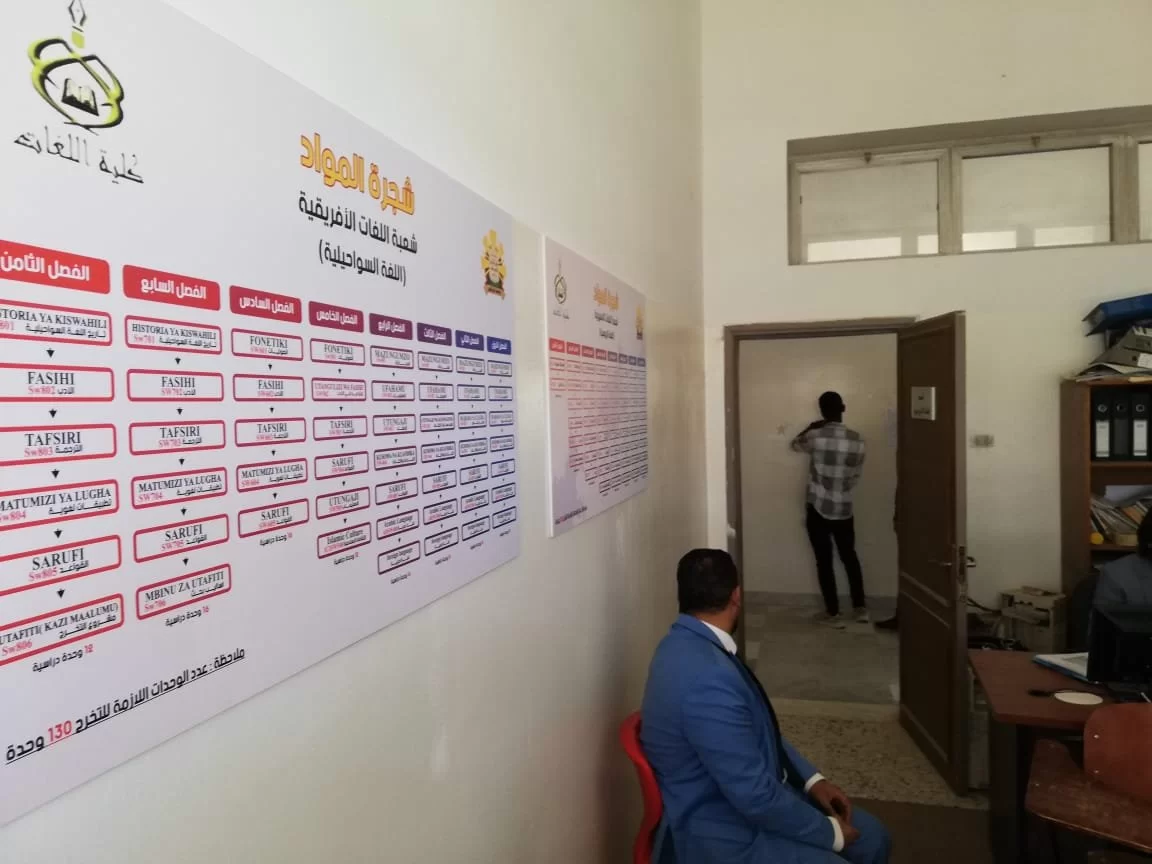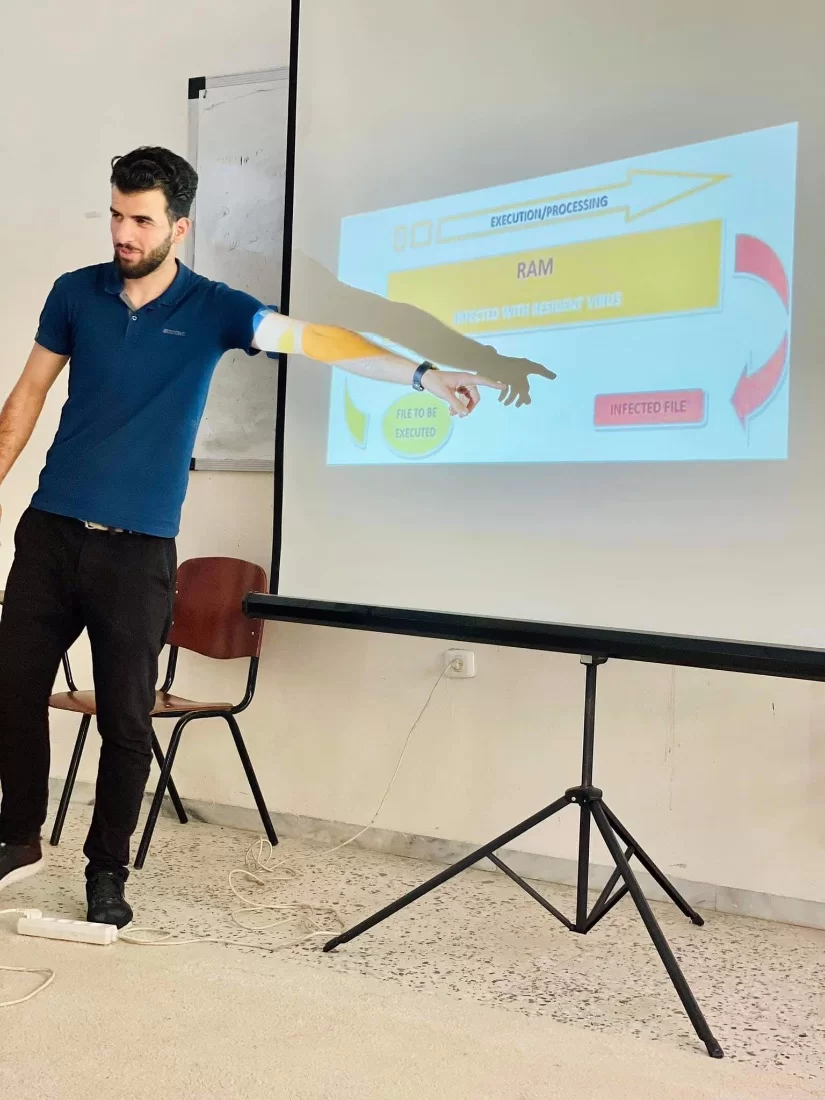The Role of Using Vocabulary Learning Strategies in Vocabulary Learning And the Learnersꞌ Attitudes Towards Them
Abstract Biocides (disinfectants and antiseptics) are used extensively in hospitals and other health care settings for a variety of applications. However, their antibacterial effectiveness is not always well stated by the manufacturers and consumers find it difficult to choose the right product according to their needs. Therefore, the aim of this study was to evaluate practically achieves disinfection efficacy of locally available disinfectants and antiseptics on surfaces and infectious microbiological utilities of Tripoli Medical Center (TMC). Fourteen biocides; Ten disinfectants (Dex36, Dex50, Dex53, Mzid-S, Mzid-AF, Deson, Dettol, Seem, Chlor and Wipol) and four antiseptics (HiBi, Esept, Emed and Desman) were tested at concentrations recommended by manufacturers on surfaces, walls and different utilities that were contaminated by locally circulating six isolates of Bacillus cereus, Staphylococcus haemolyticus, staphylococcus aureus, Klebscilla pneumonia, Acinetobacter baumannii, and Pseudomonas aeruginosa using four standard evaluation test procedures (capacity test, diffusion test, in-use test and suspension test). Results showed the highest average log reduction (7.4) of test bacteria was given by quaternary ammonium based disinfectants; Dex50, Dex53, Deson-AF and Mzid-S. A comparable average log reduction of test bacteria was noted (7.0, 7.2 and 7.3) for Deson-AF, Dex.50 and Dex.53 respectively. In contrast HiBi as an alcoholic based antiseptic gave the highest average log reduction (7.2) against tested bacteria. Desman, Emed and Wipol antiseptics had poor antibacterial activity on tested bacteria causing almost undetectable log reduction in cell viability. From contamination point of view, five critical departments in Tripoli Medical Centre (TMC) namely; Neonatal Intensive Care Unit (ICU), Surgical ICU, Dermatology, Oncology, and Urology departments were found contaminated with six types of bacteria. Bacillus cereuses followed by Klebscilla pneumonia were the most bacteria spread in whole five mentioned departments, particularly in dermatology department. Staphylococcus haemolyticus was next most widespread bacterium and almost isolated equally from the five medical departments. Acinetobacter baumannii had been isolated from Neonatal ICU; whereas Staphylococcus aureus and Pseudomonas aeruginosa had been isolated from Oncology Department and Surgical ICU respectively. In addition, Dex36, Chlor, Chlor, Wipol, Desman and E-med exhibited bacterial contamination in both capacity and in-use tests. In conclusions, quaternary ammonium compounds (QACs) and combination of QACs with aldehyde formulations were found to be the best disinfectants for disinfection of contaminated surfaces.
عتيقة صالح الهادي (2016)
Publisher's website























